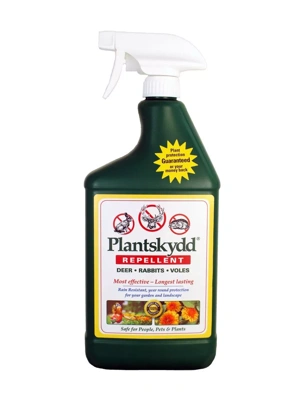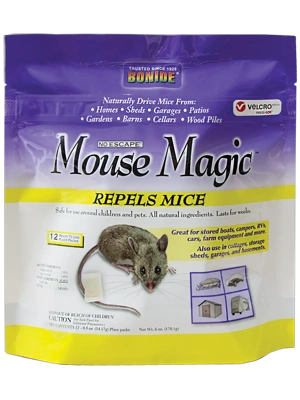Gopher
 Gopher Photo Credit
Gopher Photo Credit Found mostly west of the Mississippi River, these burrowing range from 6-12" long and sometimes are confused with ground squirrels. However, these furry creatures with strong digging claws and sharp teeth can cause lots more damage to lawns and gardens than a squirrel. They will feed on above and below-ground portions of many plants. Roots crops, such as potatoes and carrots, and bulbs, such as tulips, are favorite targets.
Gophers may gnaw bark from young trees in winter, and even chew plastic water lines when water is scarce. Their tunneling also leaves mounds of soil pushed to one side and plugged shut (versus mole mounds that are round and open). Their burrowing is deeper and not as obvious as mole tunnels.
Prevention and Control
- It's important to act quickly once you see signs of gopher activity, because once a tunnel system is in place, other gophers will quickly replace any you drive away.
- Putting substances in gopher tunnels — used cat litter, rags soaked in predator urine or pine oil — have worked for some gardeners. Ultrasonic noisemakers provide only short-term relief.
- Note that although plants such as gopher spurge (Euphorbia lathyrus) and castor bean (Ricinus communis) have been reported to deter gophers because they exude a poisonous substance from their roots, research shows that neither of these are consistently effective repellents. Castor bean is extremely toxic to humans and pets and should be avoided.
Last updated: 03/14/2024
Print this Article:
Related items
Get the Dirt
Stay up to date on new articles and advice. Please fill out the information below.









